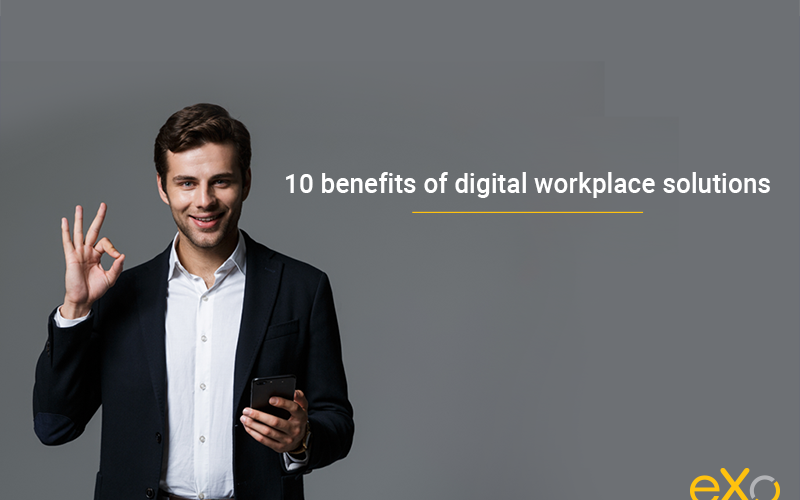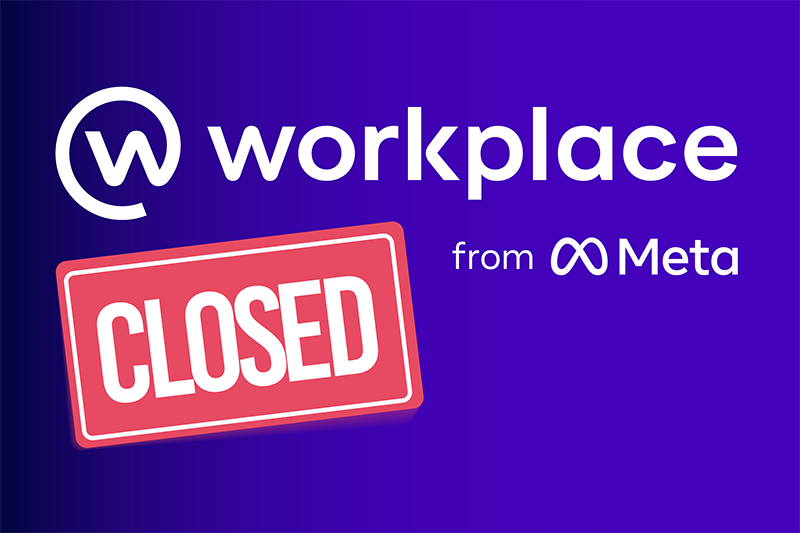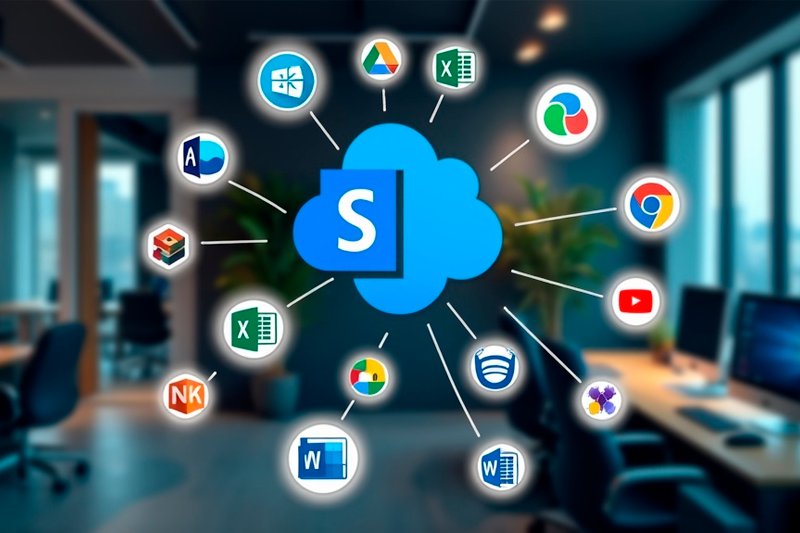- Fares Laroui
- February 18, 2021
10 Benefits of digital workplace solutions

Content
1. Create a robust corporate culture

FREE WHITE PAPER
Types of Digital workplace solutions
The modern workplace has evolved significantly in recent years, with advancements in technology, the growing number of tools …
2. Eliminate communication silos
3. Enhance the onboarding process
According to an Equifax study, 40% of employees leave their jobs within the first month, with a further 10% leaving during the first year. These findings show the importance of a clear and tailored onboarding process and digital workplace solutions might be your best bet to get this right. An effective employee onboarding checklist also serves as a systematic approach to integrating new hires, ensuring no critical steps are missed and providing a consistent, comprehensive introduction to the organization.
4. Boost productivity and performance
Well, the simple answer lays in data or ,more precisely, the time to access it. If an employee has a tool for instant messaging, another for video conferencing, an additional one for project management and the list goes on, then the time spent toggling between these apps will get higher thus lowering the time spent on productive tasks. Additionally, having multiple data sources might increase the likelihood of data loss and duplicated knowledge.
5. Centralize access to business apps
As mentioned above, having too many separate apps in the workplace may lead to more harm than good in the long run.
According to Shane Malik, Senior Recruiter at Simpalm, “Having too many separate apps in the workplace may lead to more harm than good in the long run.”
engagement and performance
6. Increase revenue while reducing IT and operational costs
7. Facilitate knowledge sharing and the exchange of expertise
8. Facilitate remote working
9. Engage and reward teams
10. Turn employees into brand ambassadors
tools and information
FAQ
You will find here Frequently Asked Questions about digital workplace with all the answers in one place.
What is a digital workplace?
- An evolution of the intranet
- A user centric digital experience
What are the digital workplace benefits?
Here are some of the benefits of digital workplace solutions:
- Create a robust corporate culture
- Eliminate communication silos
- Enhance the onboarding process
- Boost productivity and performance
- Centralize access to business apps
- Increase revenue while reducing IT and operational costs
- Facilitate knowledge sharing and the exchange of expertise
- Facilitate remote working
- Engage and reward teams
- Turn employees into brand ambassadors
How to launch an effective Digital Workplace?
- Understand users’ needs
- Identify your digital workplace ambassadors
- Build the digital workplace brand
- Training and onboarding
- Plan the big day
What does digital workplace really mean?
How to be a good digital workplace manager?
- Analytical skills and approach
- Focus on employees
- Communication and strategic vision
What are the common digital workplace challenges?
Here are 5 Challenges to a Digital Workplace and How to Overcome Them:
- Challenge #1: Develop a digital workplace governance model
- Challenge #2: Manage change
- Challenge #3: Low adoption rates
- Challenge #4: Find the perfect balance between UX and UI
- Challenge #5: A drop off in engagement over time
How do you secure your Digital Workplace?
Here are some best practices to minimise security threats in digital workplaces:
- Develop a cybersecurity policy
- Continuous training
- Control access to information
- Be sure to update regularly
- Tags: Digital workplace, Tips & Tricks
Related posts
- All
- eXo
- Digital workplace
- Employee engagement
- Open source
- Future of work
- Internal communication
- Collaboration
- News
- intranet
- workplace
- Knowledge management
- Employee experience
- Employee productivity
- onboarding
- Employee recognition
- Change management
- Cartoon
- Digital transformation
- Infographic
- Remote work
- Industry trends
- Product News
- Thought leadership
- Tips & Tricks
- Tutorial
- Uncategorized
Leave a Reply
( Your e-mail address will not be published)


